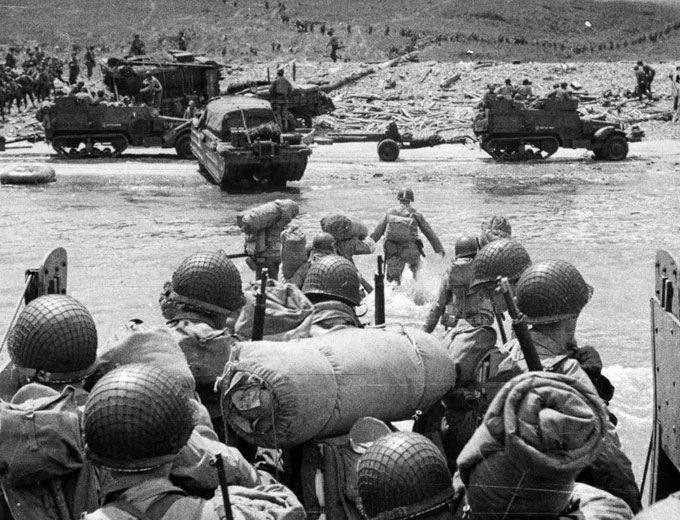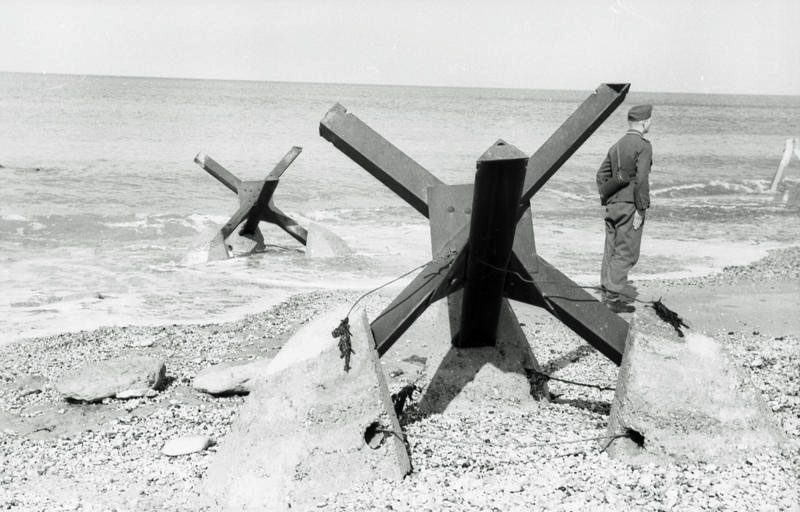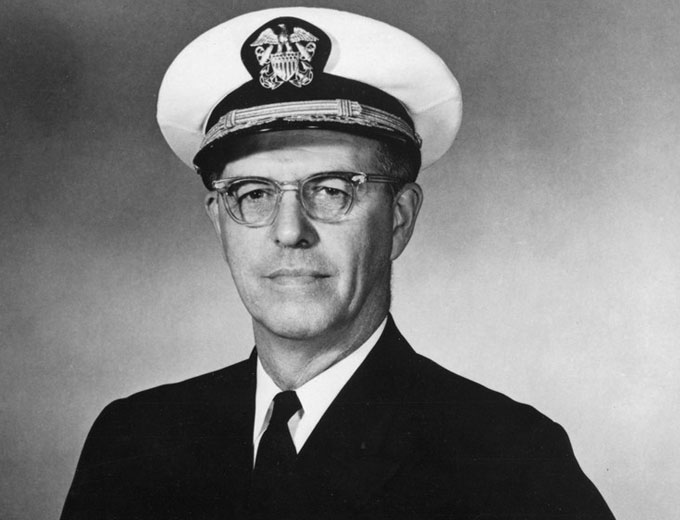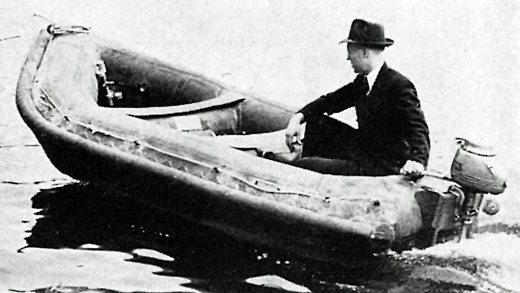
October 26, 2019 – In Breaking News – National Interest
The beach obstacles to the D-Day landing in Normandy were formidable: gigantic concrete tetrahedra, hut-shaped wooden embankments, submerged log or concrete pilings and bristly steel “hedgehogs.”

And there were nastier traps half-submerged in the water:
250 huge steel “Belgian Gate” barricades wrapped with remotely-detonated explosives, over 11,000 long wooden beams tipped with disc-shaped anti-tank Tellermines positioned to explosively gut any boats that bumped into them, and even fixed flame-throwers concealed to douse approaching ships in plumes of fiery petroleum.
The obstacles constrained approaching landing craft in the massive Allied invasion force readied for the liberation of Nazi-occupied France, channeling ships into deadly kill zones covered by machine gun nests, pill-box encased howitzers and pre-ranged mortars on the bluffs overlooking the Normandy beaches codenamed Utah and Omaha.
The submerged obstacles had to go quickly—which meant someone would have to clear them under enemy fire.
That job fell to the World War II ancestors of the Navy SEALs.

Exactly a year before the fateful landing at Normandy on June 6, 1943—the Navy established the Naval Combat Demolition Unit training school at Fort Pierce, Florida, drawing personnel from the “Seabee” construction corps and Bomb and Mine Disposal School.
The school was led by Lt. Commander Draper Kauffman, who had prior served as a volunteer ambulance driver in France and then as a Royal Navy volunteer trained as an expert bomb disposal specialists during German “blitz” over London.
By 1943 it was growing increasingly clear Allied forces in the Pacific and Europe were going to be involved in a lot of amphibious landings—and that if there weren’t experts available to rapidly clear beach obstacles, U.S. troops could end up pinned down indefinitely on the water’s edge.
Kauffman instituted a brutal training regimen culminating in a “Hell Week” of almost non-stop intense physical exertion with just a couple hours of daily rest—a tradition retained to this day in modern Navy SEAL training.
(See a timeline from the small beginning of UDT to U.S Navy SEALs. The modern day U.S. Navy SEALs can trace their roots to World War II. The United States Navy recognized the need for the covert reconnaissance of landing beaches and coastal defenses. Courtesy of Heroes: SOF-LAW-RESCUE-INTEL and YouTube. Posted on Feb 18, 2016.)
Only 30 percent of the volunteers made it through.
Later that December, following a bloodbath at landing in Tarawa due to failure to spot a coral reef in the path of a landing force, the Navy also formed a corps of elite divers called Underwater Demolitions Teams, which would see action in the last nine months of World War II.
But the NCDUs weren’t frogmen: they were meant to hop into shallow water from inflatable rubber boats with an outboard motor manufactured by the Goodyear Tire company designated Landing Craft Rubber, Small (LCRS) in the Navy’s Hemingway style.

Continue reading… The World War II Version of the Navy SEALs Suffered 52% Casualties at D-Day’s Omaha Beach
Learn More…
(Learn about Prep Work for Navy Seals Buds Class – Hell Week Training. Courtesy of the U.S. Military and YouTube.)
AST strives to meet a 3 STAR trustworthiness rating, based on the following criteria:
- Provides named sources
- Reported by more than one notable outlet
- Includes supporting video, direct statements, or photos
















